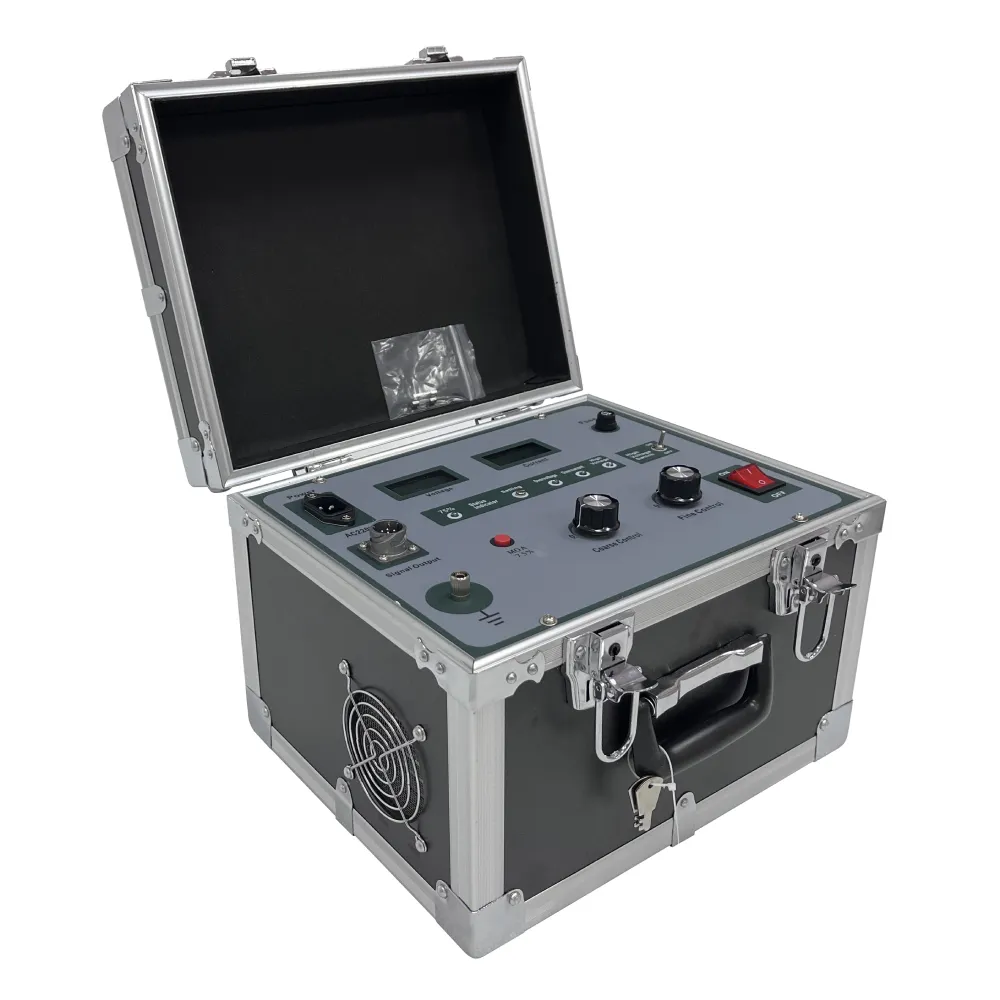 English
English


VLF Tan Delta Cable Testing
Understanding VLF Tan Delta Cable Testing
In the realm of electrical engineering, ensuring the reliability and safety of high-voltage cables is paramount. One advanced method used for assessing the insulation integrity of such cables is Very Low Frequency (VLF) Tan Delta testing. This technique plays a vital role in diagnosing potential insulation weaknesses that could lead to catastrophic failures if left undetected.
What is VLF Tan Delta Testing?
VLF Tan Delta testing involves applying a low frequency, typically around 0.1 Hz, to high-voltage cable insulation while measuring the response of the insulation material. The primary goal is to assess the dielectric properties of the insulation, specifically through the Tan Delta (or Loss Tangent) parameter. A higher Tan Delta value indicates increased dielectric losses, which can suggest deterioration or moisture ingress within the insulation.
Importance of Tan Delta Testing
Insulation failure in high-voltage cables can result in severe consequences including power outages, equipment damage, and safety hazards. Regular testing using VLF Tan Delta methods enables utilities and facility managers to identify and mitigate these risks effectively. The simplicity and speed of the VLF testing process allow for testing of long cable lengths without removing them from service, providing significant operational advantages.
The Testing Process
The VLF Tan Delta testing process usually involves several key steps
1. Preparation Before testing, technicians must ensure that the cables are properly isolated and grounded. This step is crucial to guarantee safety and accurate testing results.
vlf tan delta cable testing

2. Application of VLF Voltage Once preparation is complete, a VLF generator is used to apply a low-frequency voltage to the cable insulation. The test voltage is typically much higher than the operational voltage to simulate stress conditions that the cables may experience during their service life.
3. Measurements During the voltage application, the testing equipment measures the capacitive and resistive components of the insulation current. From these measurements, the Tan Delta values can be calculated, providing insight into the condition of the insulation.
4. Analysis After conducting the test, the results are analyzed. A Tan Delta value beyond the acceptable threshold indicates potential problems and necessitates further investigation or remedial action.
Benefits of VLF Tan Delta Testing
1. Early Detection One of the most significant advantages of VLF Tan Delta testing is its ability to detect insulating material degradation early. This proactive approach helps avert potential failures before they escalate into serious issues.
2. Non-Destructive The VLF testing method is non-destructive, allowing for conditions to remain intact without causing any damage to the cables being tested.
3. Comprehensive Data The quantitative data collected during testing provides a valuable baseline for future assessments, enabling operators to monitor insulation health over time.
Conclusion
VLF Tan Delta testing is a crucial tool in the maintenance and management of high-voltage cable systems. By integrating this testing method into routine inspection schedules, companies can safeguard their assets, ensure operational reliability, and ultimately protect public safety. Embracing advanced diagnostic techniques such as VLF Tan Delta not only enhances the longevity of electrical infrastructure but also plays a pivotal role in the transition to a more resilient power grid.
-
Differences between open cup flash point tester and closed cup flash point testerNewsOct.31,2024
-
The Reliable Load Tap ChangerNewsOct.23,2024
-
The Essential Guide to Hipot TestersNewsOct.23,2024
-
The Digital Insulation TesterNewsOct.23,2024
-
The Best Earth Loop Impedance Tester for SaleNewsOct.23,2024
-
Tan Delta Tester--The Essential Tool for Electrical Insulation TestingNewsOct.23,2024





